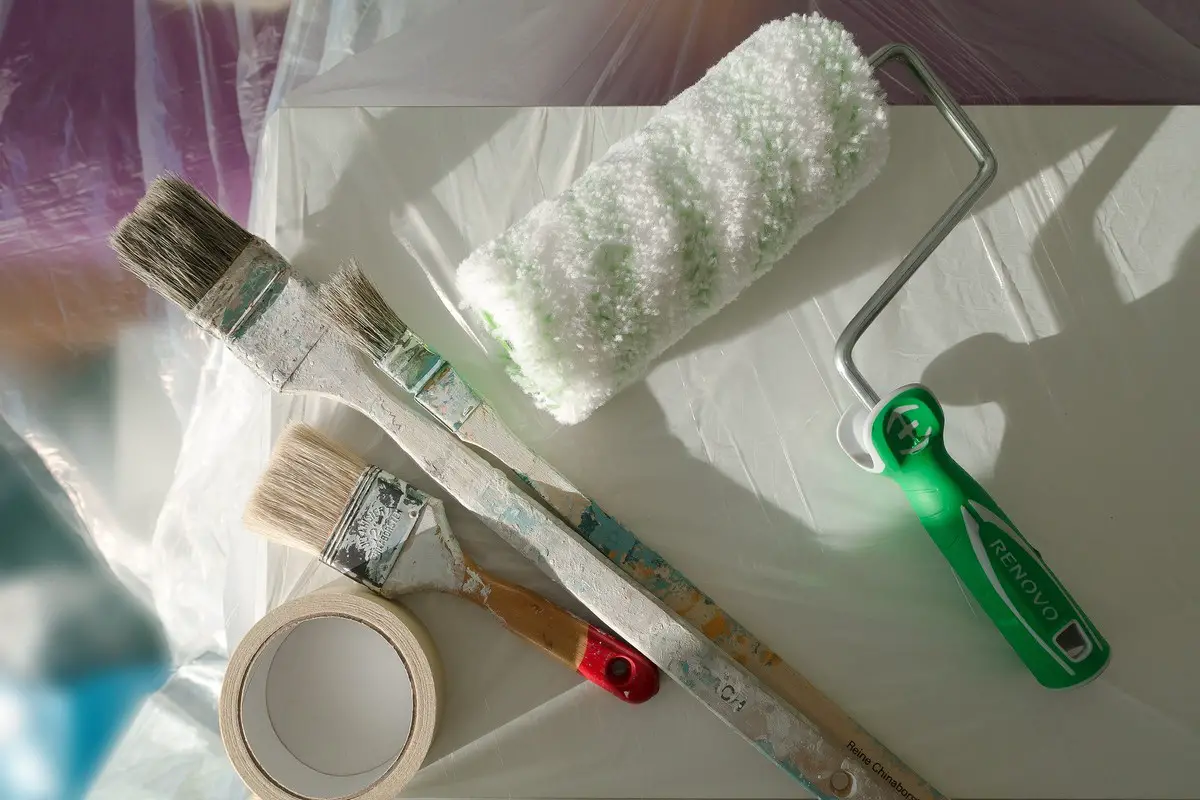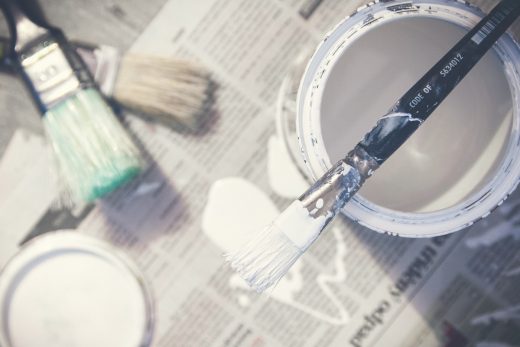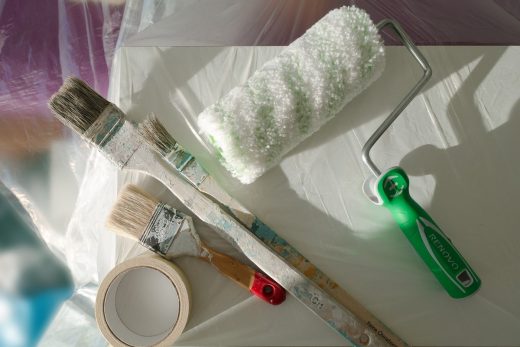What you should know before picking a brush for your painting project guide, FBuilding paint tips, Online property advice
What you should know before picking a brush for your painting project
18 May 2023
The choice of your paintbrush is a crucial factor that will significantly influence the results of any paint work you undertake. Choosing the wrong tool can be a recipe for disaster, leading to time wastage and frustrations with the final results.
Choosing the right brush guarantees a professional, smoother, and more even paint application. But with the several options available in most hardware stores, you might need help selecting the correct brush for your paint job.
Don’t fret if you find it hard to choose the best paintbrush for your work. In this guide, we’ll show essential things to consider before choosing one. Read on for more.
Choosing the correct paintbrush
There are several factors to consider when selecting the right brush for any paintwork, but the following are the most common and important ones:
-
Bristle material
Paintbrush bristle materials are important for getting professional paintwork results. There are two types of paintbrush bristle materials to consider: natural bristles and synthetic bristles.
Mostly, you will need to use a brush with natural bristles since they give the painted surfaces a smoother and even finish. If you are working with oil-based paints or varnishes, then the ideal option is a natural bristle paintbrush.
On the other hand, synthetic bristles tend to work better when using water-based paints and varnishes. They come in various types, including polyester, nylon, and nylon/polyester blends.
Note that the nylon/polyester blends are the best synthetic bristles to use when spraying paint with a brush because they provide an equal amount of firm stiffness and flexible softness for a standard level of control during painting.
-
The shape of the paintbrush bristle
After choosing the type of bristle you need for your work, the next thing is to know the shape of the paintbrush bristle. This decision depends entirely on the material you are planning to paint.
There are two common shapes of paintbrush bristles: the normal squared bristles and the angled ones.
The angled paintbrush is ideal for painting trims, ceilings, and narrow surfaces, while the traditional squared paint is best for painting wide surfaces. The squared bristle paintbrush, for instance, will make painting the ceiling a tedious and frustrating process.
-
The size of the brush
Again the size of your brush will be determined by what you intend to paint. Most DIY projects can be done using a two-and-a-half-inch-wide brush, meaning you can paint smaller and wider surfaces equally.
Technically, if you are painting surfaces that are more than 4 inches, you need to choose a three and a half inches-wide paintbrush. On the flip side, if you are painting a surface more than two inches wide, you need to have a 1-1/2-inch brush.
In a nutshell, the size of your paintbrush should be ½ inch less than the surface you are painting. The ones that are 3 inches wide are ideal for wide and flat surfaces.
-
The tip of the brush
Choosing the correct brush tip is as important as choosing the right brush. Selecting the right paint brush is entirely determined by the price you are willing to pay and the type of paint job you need to do.
Some brushes with flagged tips or split ends are usually more expensive than the tipped or pointed ones. However, as stated before, angled ones are better for painting smaller surfaces instead of square trim brushes, which are ideal for painting wider surfaces.
-
The type of paint
Your choice of the paint you will use will undoubtedly influence the type of paintbrush you’ll need. Synthetic bristles brushes are best for water-based paints and finishes. While natural bristles brushes are ideal for oil-based paints, varnishes, and shellacs.
Combining the wrong paint type with the wrong brush can produce undesired outcomes and leave your paintwork looking dreary and streaky. Choosing the right type of paint is also very impotant if painting outdoor furniture or other outdoor items.
Painting brush choice – conclusion
Choosing the right paint brush is essential for having professional paintwork results, just like choosing the best type of paint. Hopefully, this guide has given you the top things you need to consider when selecting paint brushes for your work.
Don’t be overwhelmed by the number of brush types available in the market. Check for the bristle material that’s fit for your job, the shape of the bristles, the size of the brush, the tip of the brush, and the type of paint you need to use.
Comments on this guide to What to know before picking a painting brush article are welcome.
Painting Your Home
Painting Your Home Articles
Acrylic Painting Materials To Include In Your Studio
Exterior Painting Based On Your Home’s Style
Residential Buildings
Residential Architecture
Design: CMC architects

photograph : BoysPlayNice
Tee House Wellness Center, Celadná
Comments / photos for the What to know before picking a painting brush advice page welcome










